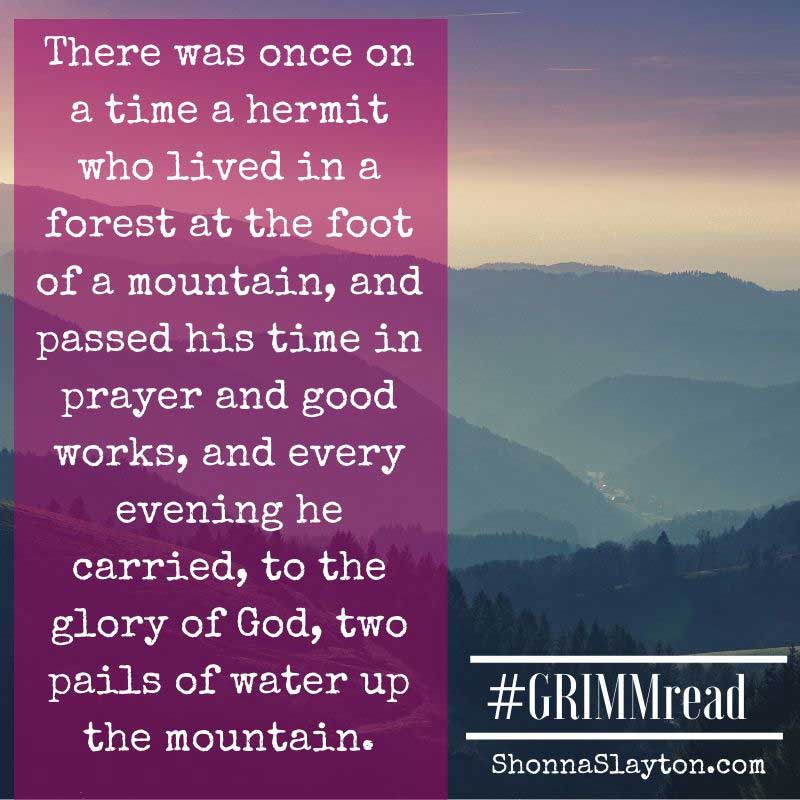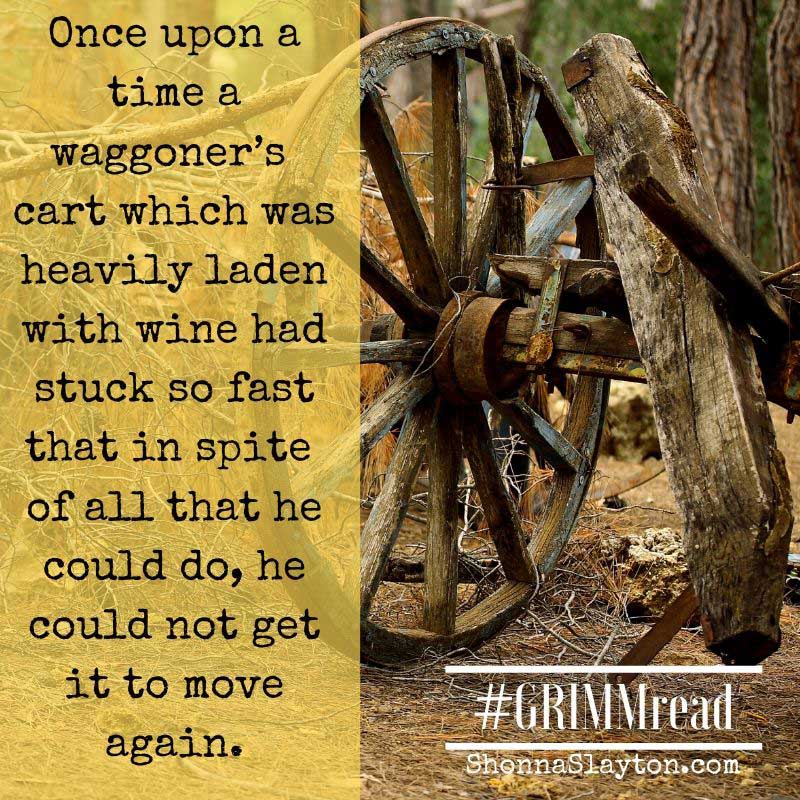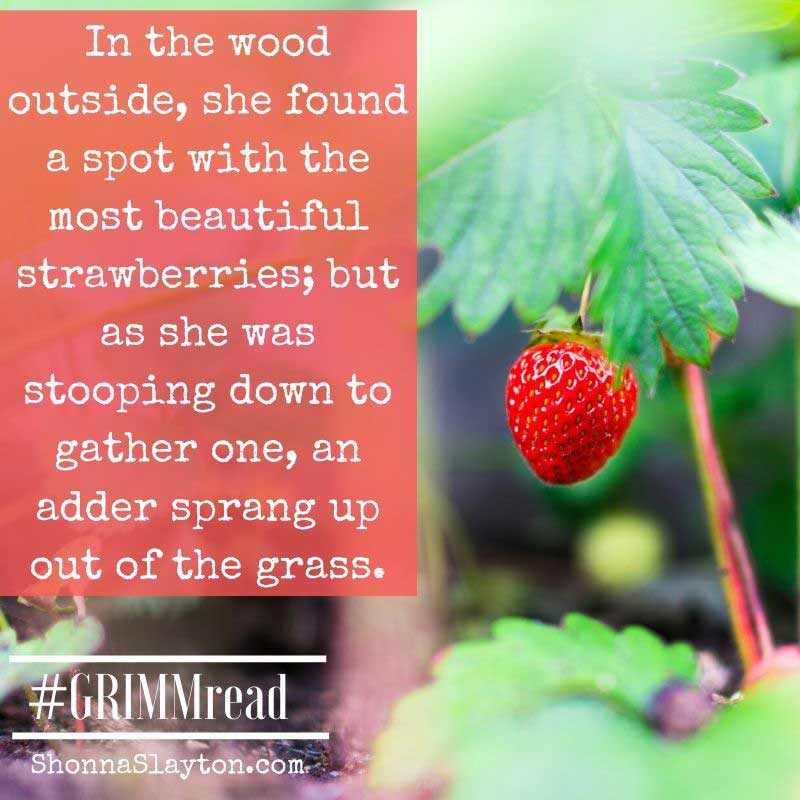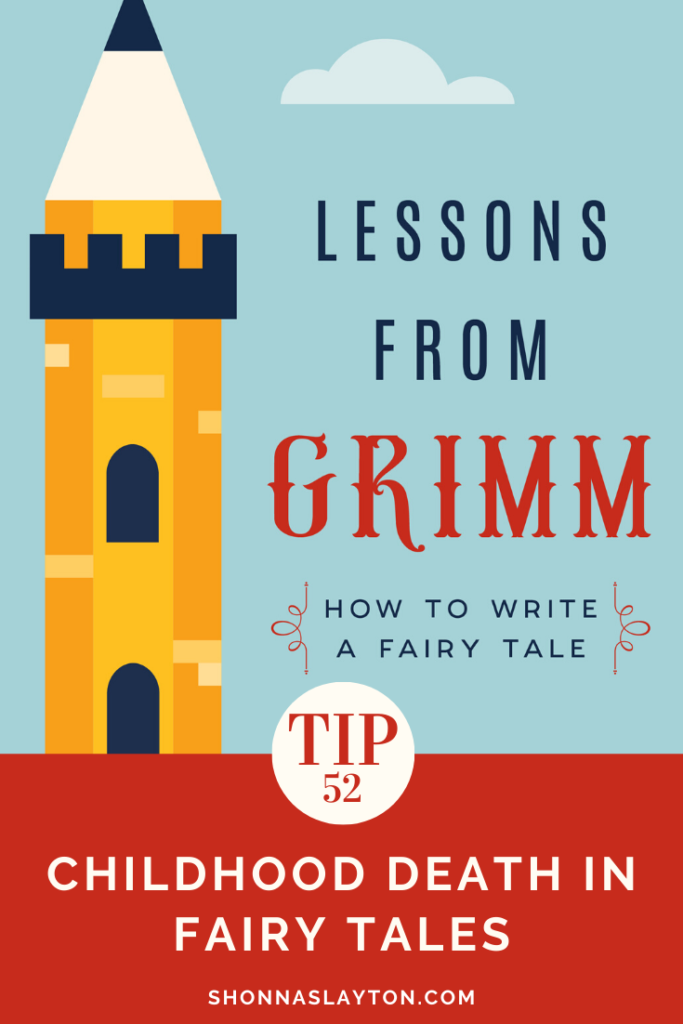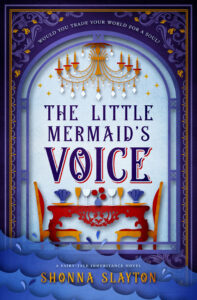It’s the final week in our #GRIMMread2019 challenge!
Wow, we’ve read a lot of stories: two hundred and ten fairy tales; four a week until these last few weeks when we read five.
There is still a bonus set of stories that I’ll talk about later (the deleted stories) but for now, our challenge is complete!
And, in typical Grimm fashion, we’ll end on a grim note and talk about death in fairy tales. In particular, death of children.
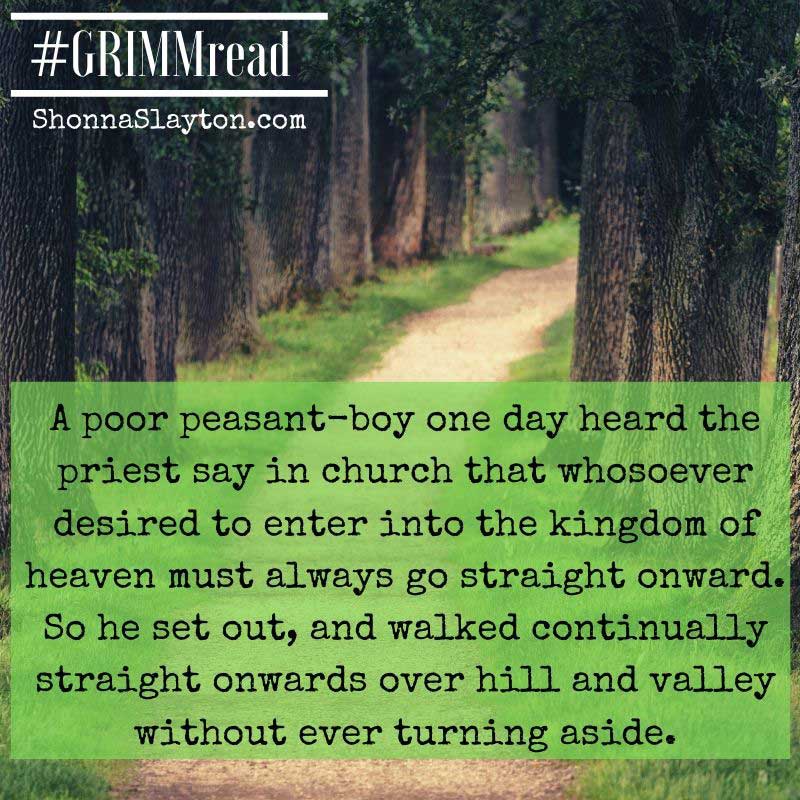
Given that this last set of stories have been grouped together as the “children’s legends,” it’s quite a melancholy ending to the fairy tale collection.
First, let’s consider a bit of history. The Grimm brothers published their first fairy tale collection in 1812. In 1800, the world global mortality rate for children was 44%. For comparison, by 2015, that number had plummeted to 4.5%. I found these statistics at https://ourworldindata.org/child-mortality where they also noted that in Europe during the 18th century, families lost, on average, three to four of their children. With this in mind, there is less surprise that childhood deaths were a topic found in fairy tales from this time period.
Most of the stories have themes of comfort in death, both for the child and the parent. These are bittersweet endings.
Stories with child deaths from last week’s reading:
The Rose (dead child cared for by an angel)
At length she brought a rose home, and told her mother that the beautiful child had given her this rose, and had told her that when it was in full bloom, he would return. The mother put the rose in water. One morning her child could not get out of bed, the mother went to the bed and found her dead, but she lay looking very happy. On the same morning, the rose was in full bloom.
In this story, a young girl and her mother are being prepared for the young girl’s death. On the day she dies, the mother is comforted by the look on her daughter’s face and by the blooming rose which implies it was an angel who visited earlier to be with the girl in death.
God’s Food (family starves to death when no one helps)
She had her two youngest children in her arms, and the three eldest were lying dead. He offered her food, but she answered, “For earthly food have we no longer any desire. God has already satisfied the hunger of three of us, and he will hearken to our supplications likewise.” Scarcely had she uttered these words than the two little ones drew their last breath, whereupon her heart broke, and she sank down dead.
In this story, a poor widow goes to her rich sister for help in feeding her family. The sister refuses and when her husband comes home and cuts into a loaf of bread, it bleeds. Scared, she tells her husband what happened and he goes to bring food to his sister-in-law, but it is too late.
This week:
The Little Old Lady (learning God’s purposes in death)

Nearing death herself, the little old lady is mad at God because her children died before her. She is shown a vision in which, if allowed to live, one of her children would have been hanged and the other “broken on the wheel” (run over by a wagon, maybe?)
She takes comfort that they hadn’t suffered in life, but that God had taken them as innocent children.
The Heavenly Marriage (child death)
A peasant boy learns the way to heaven is to walk a straight path. He takes this literally and keeps walking until he finds a church. He thinks the church is heaven, so the priest lets him stay and work there.
While at the church, he thinks the statue of Mary and baby Jesus are the real thing and that Jesus was too thin. The boy shares his food with the statue every day.
The statue becomes fat and strong and people wonder what is going on. Eventually, the statue tells the boy his good will has been seen and that next Sunday he will go to the wedding.
After communion the next Sunday, the child dies and goes to the eternal wedding.
**
Overall impressions on these final stories in Grimm’s fairy tales?
The children’s legends indicate that despite the difficulties of life on earth, God sees, is not inactive, and welcomes children into his home. Death is not pictured as something to be feared, but as a release or even reward.
Maybe that’s not such a bad way to end a collection of tales after all.
ALERT! This series of posts has turned into a book! Preorder the ebook now; paperbacks and workbooks to follow!
